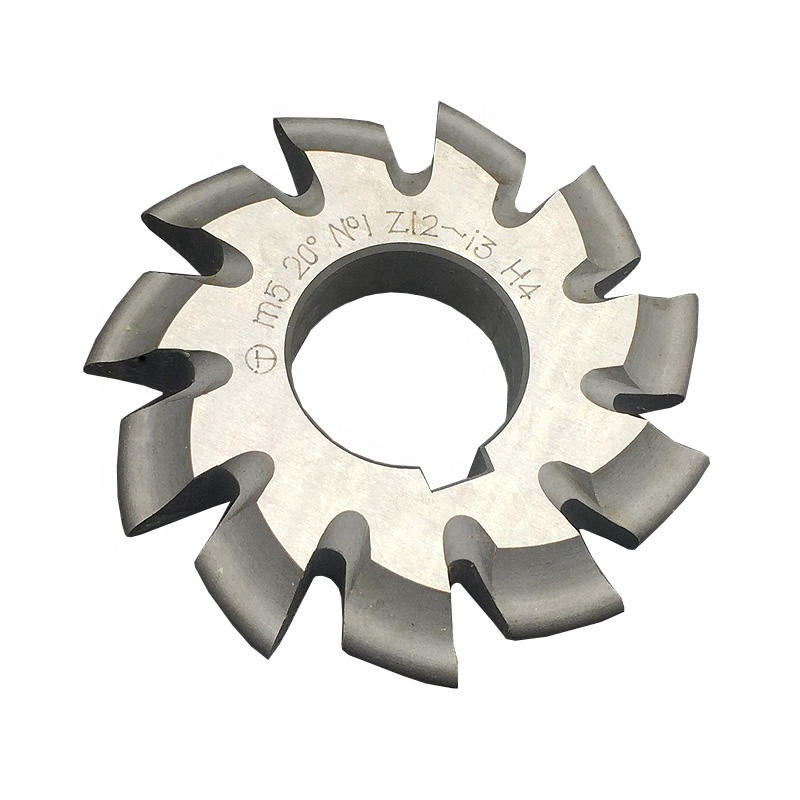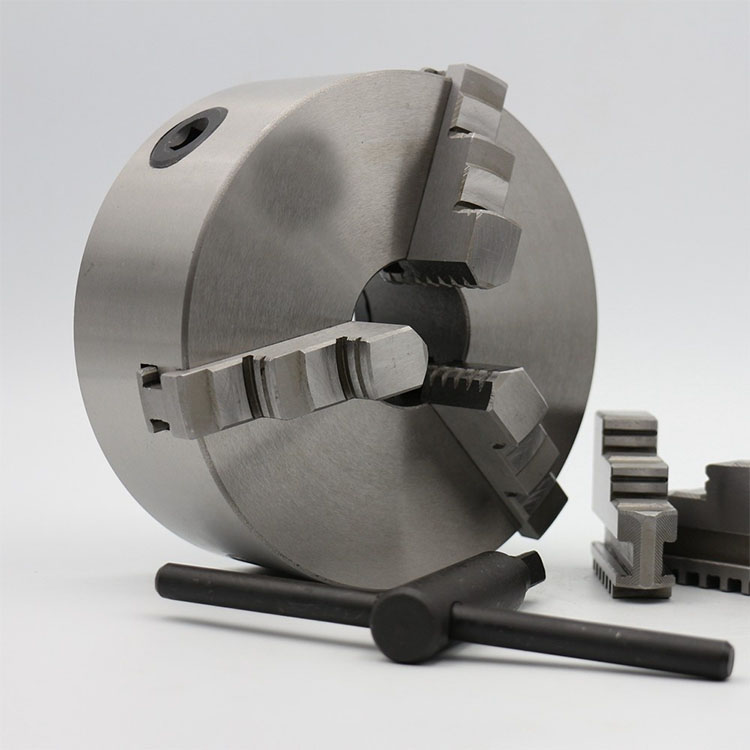High-Quality end mill arbor
An end mill arbor is a crucial toolholding component, vital for securing and driving end mills in milling machines, ensuring precision, stability, and optimal cutting performance. Selecting the right high-quality end mill arbor significantly impacts machining accuracy, surface finish, and tool life.
Understanding End Mill Arbors
What is an End Mill Arbor?
An end mill arbor is a spindle accessory that securely holds an end mill cutter during milling operations. It acts as an interface between the milling machine's spindle and the cutting tool, transmitting rotational force and maintaining precise alignment. Different types exist, including collet chucks, shell mill holders, and shrink-fit holders, each offering distinct advantages depending on the specific machining application.
Why is Arbor Quality Important?
The quality of an end mill arbor directly affects machining outcomes. A high-quality end mill arbor provides:
- Improved Accuracy: Minimizes runout (the wobble of the cutting tool), ensuring precise cuts and dimensional accuracy.
- Enhanced Stability: Reduces vibration, leading to better surface finishes and extended tool life.
- Increased Cutting Efficiency: Allows for higher cutting speeds and feed rates without compromising accuracy or stability.
- Prolonged Tool Life: Minimizes stress on the cutting tool, preventing premature wear and breakage.
Types of End Mill Arbors
Choosing the right end mill arbor type is crucial for optimal performance. Here's an overview of common types:
Collet Chucks
Collet chucks are versatile and widely used. They employ a collet (a slotted sleeve) to grip the end mill shank. ER collet chucks are a popular choice due to their wide range of collet sizes and good gripping force.
Pros: Versatile, readily available, cost-effective.
Cons: Can be less accurate than other options, potentially lower gripping force compared to hydraulic or shrink-fit holders.
Shell Mill Holders
Shell mill holders are designed for face milling operations using shell mills (also known as face mills). They typically feature a threaded connection for securing the shell mill to the holder body. Ensuring proper tightening torque is critical. Check out more about milling at Wayleading Tools.
Pros: Designed specifically for face milling, provides strong and stable mounting.
Cons: Limited to shell mill applications.
Shrink-Fit Holders
Shrink-fit holders offer exceptional accuracy and gripping force. The holder body is heated, expanding the bore, allowing the end mill shank to be inserted. As the holder cools, it shrinks, creating an extremely tight and secure grip. They require specialized heating equipment. Data parameters can be found on the REGO-FIX website.
Pros: Highest accuracy, excellent gripping force, minimal runout.
Cons: Requires specialized heating equipment, limited to specific shank tolerances, can be more expensive.
Hydraulic Chucks
Hydraulic chucks use hydraulic pressure to clamp the end mill shank. They offer a good balance of accuracy, gripping force, and vibration damping. They are suitable for a wide range of machining applications. Specifications on hydraulic chucks can be found at Schunk website.
Pros: Good accuracy, high gripping force, vibration damping.
Cons: Can be more expensive than collet chucks, require regular maintenance.
Factors to Consider When Choosing an End Mill Arbor
Selecting the optimal end mill arbor involves considering several key factors:
Machine Spindle Interface
Ensure the end mill arbor is compatible with your milling machine's spindle. Common spindle interfaces include CAT, BT, HSK, and NMTB tapers. Refer to your machine's manual for the correct interface type. Wayleading tools offer a variety of spindle interfaces.
End Mill Shank Size
The end mill arbor must accommodate the shank diameter of your end mills. Collet chucks offer flexibility with interchangeable collets, while other holders are designed for specific shank sizes.
Runout Accuracy
Runout is a critical factor affecting machining accuracy and tool life. Choose an end mill arbor with low runout specifications (typically measured in microns or thousandths of an inch). Shrink-fit and hydraulic chucks generally offer the lowest runout.
Gripping Force
Adequate gripping force is essential for preventing slippage and ensuring stable cutting. Consider the cutting forces involved in your machining operations and select an end mill arbor with sufficient gripping force for the application. Please check Kennametal for gripping force data.
Application Requirements
The specific machining application (e.g., high-speed machining, heavy cutting, finishing) will influence the ideal end mill arbor choice. Consider factors such as cutting speed, feed rate, material being machined, and required surface finish.
Maintaining Your End Mill Arbor
Proper maintenance is crucial for ensuring the longevity and performance of your end mill arbor:
- Cleaning: Regularly clean the arbor and collets (if applicable) to remove chips, coolant, and other contaminants.
- Inspection: Inspect the arbor for signs of wear, damage, or corrosion. Replace worn or damaged components promptly.
- Lubrication: Lubricate the arbor according to the manufacturer's recommendations.
- Storage: Store the arbor in a clean, dry environment to prevent corrosion.
Troubleshooting Common End Mill Arbor Issues
Here are some common issues that can arise with end mill arbors and their potential solutions:
Excessive Runout
Possible causes: Damaged arbor, worn collet, contaminated mating surfaces. Solutions: Inspect and replace damaged components, clean mating surfaces thoroughly.
End Mill Slippage
Possible causes: Insufficient gripping force, contaminated shank or collet, improper tightening. Solutions: Ensure proper tightening torque, clean shank and collet, consider using a higher gripping force arbor.
Vibration
Possible causes: Excessive runout, unbalanced cutting tool, loose spindle. Solutions: Balance the cutting tool, ensure proper spindle maintenance, use a vibration-damping arbor (e.g., hydraulic chuck).
End Mill Arbor Comparison Table
| Arbor Type | Accuracy | Gripping Force | Cost | Applications |
|---|---|---|---|---|
| Collet Chuck | Moderate | Moderate | Low | General milling, drilling |
| Shell Mill Holder | High | High | Moderate | Face milling |
| Shrink-Fit Holder | Very High | Very High | High | High-speed machining, precision milling |
| Hydraulic Chuck | High | High | Moderate to High | General milling, vibration damping applications |
Conclusion
Choosing the right high-quality end mill arbor is a critical investment in achieving precise, efficient, and reliable milling operations. By carefully considering the factors outlined in this guide, you can select an arbor that meets your specific needs and maximizes your machining performance. Investing in quality toolholding from reputable suppliers like Wayleading Tools will save you money in the long run.
Related products
Related products
Best selling products
Best selling products-
 7pcs Carbide Turning Tool Set With Metric & Inch Size
7pcs Carbide Turning Tool Set With Metric & Inch Size -
 Precision Vernier Caliper With Nib Style & Standard Style Jaws Of Metric & Imperial For Industrial
Precision Vernier Caliper With Nib Style & Standard Style Jaws Of Metric & Imperial For Industrial -
 HSS Module Involute Gear Cutters With PA20 And PA14-1/2
HSS Module Involute Gear Cutters With PA20 And PA14-1/2 -
 Type C Cylinder Ball Nose Tungsten Carbide Rotary Burr
Type C Cylinder Ball Nose Tungsten Carbide Rotary Burr -
 25PCS DIN338 HSS Twist Drill Bit Set From 1-13mm
25PCS DIN338 HSS Twist Drill Bit Set From 1-13mm -
 Metric ER Collets With Hight Precision Milling
Metric ER Collets With Hight Precision Milling -
 K11 Series 3 Jaw Self Centering Chucks For Lathe Machine
K11 Series 3 Jaw Self Centering Chucks For Lathe Machine -
 3 Flutes HSS Counterbore Drill Bit With Metric And Inch Size
3 Flutes HSS Counterbore Drill Bit With Metric And Inch Size -
 Type J-60 Degree Cone Tungsten Carbide Rotary Burr
Type J-60 Degree Cone Tungsten Carbide Rotary Burr -
 Precision V Block Set With High Quality Type
Precision V Block Set With High Quality Type -
 Inch ER Collets With Hight Precision Milling
Inch ER Collets With Hight Precision Milling -
 Precision Straight Shank To Morse Taper Adapter
Precision Straight Shank To Morse Taper Adapter
Related search
Related search- broken tap extractor Factory
- solid carbide cutting head Suppliers
- High-Quality segt insert
- SCLC boring bar Manufacturer
- SCBC turning tool holder Factory
- face milling cutter Supplier
- PCLN turning tool holder Suppliers
- left hand drill bits Factories
- coolant collet Factories
- High-Quality 55 degree whitworth full profile threading insert











